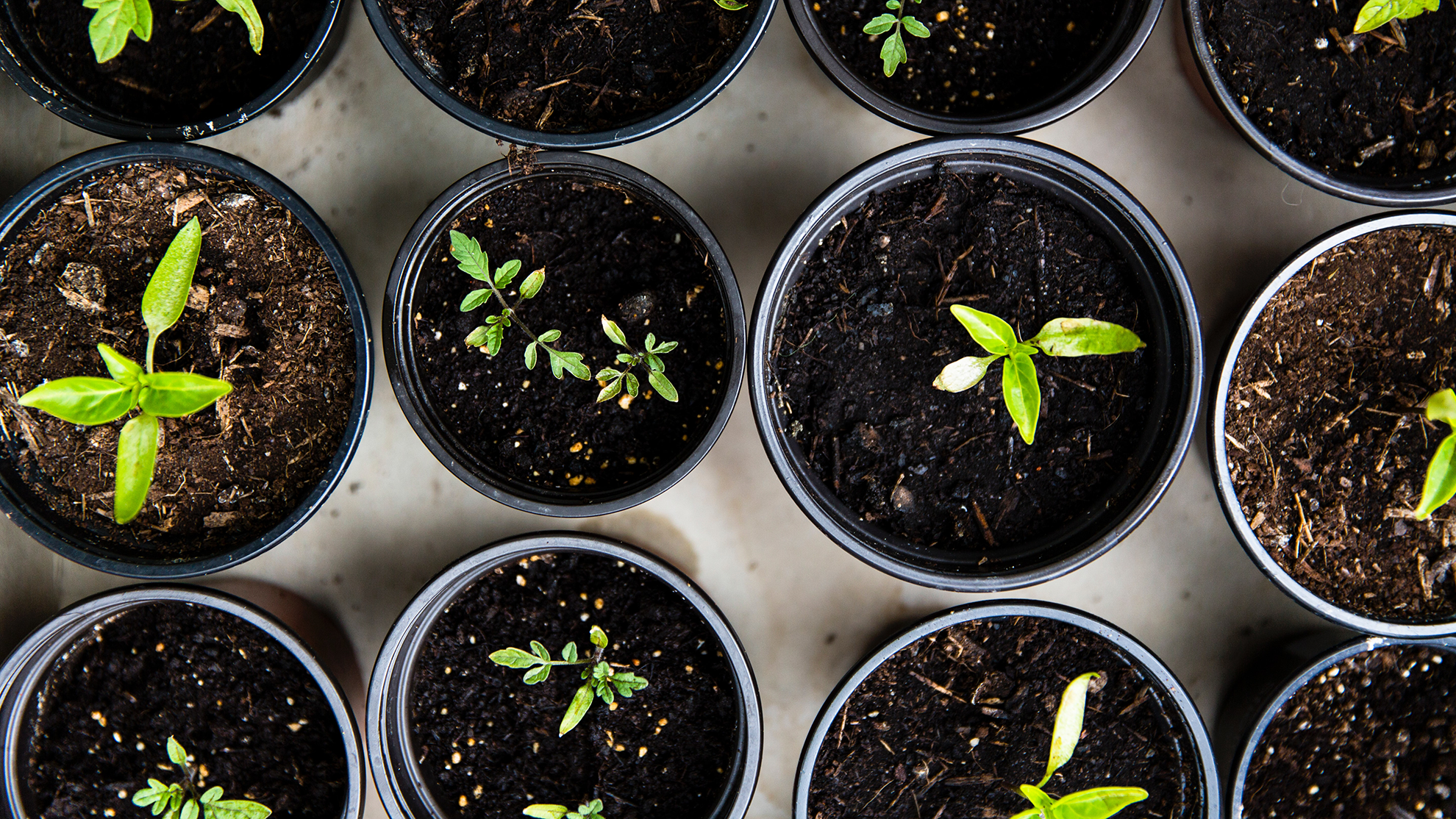Gardening Tips So You Can Plant Like A Pro
As we bid winter farewell (don’t let the door hit your ass on the way out), we can start dreaming up our gardens and the beautiful harvests we’ll be feasting on over the summer. There is something so satisfying about eating something that you actually grew! Not to mention that garden fresh veggies taste a thousand times better than store bought.
In my heart I want to be a gardener but over the years it’s become apparent I definitely don’t have a green thumb. And even though my garden might be slightly neglected come late summer, I love growing veggies with my kids. It gives them the opportunity to get those little hands dirty and they learn to appreciate all the work that goes into the food that magically just shows up at the dinner table. Plus, they take pride in eating something they grew and it exposes them to all kinds of new veggies.
I’m lucky to have a neighbor who is a legit Master Gardener (meaning she’s a pro) and she’s shared some amazing tips over the years that have even helped my lacking green thumb produce a garden that actually grows something. Let’s roll up our sleeves and get this garden party started!
Soil
This step is crucial, you need good soil to produce good crops. Soil varies depending on where you live, so here’s an infographic from Schultz to help determine what type of soil you have and what you can do to improve it.

Planting
The best advice we can give you is follow the planting instructions on the tags/seed packets. Seeds need a lot of space to work their magic! If you’re using starters, check carefully because even though they often come in a pack of multiples, oftentimes the plants need to be separated.
If this isn’t your first gardening rodeo and you’re using the same plot of soil, make sure you rotate your crops every couple of years. That way the soil stays rich with the nutrients the plants need.
Fertilize
This is a gardener's secret weapon. Fertilizer helps give the plants extra nutrients so they’ll grow to be big and beautiful. And since you plan to eat what you grow, you don’t necessarily want to throw in a bunch of chemicals. Luckily, there are tons of organic options that you might already have on hand!

Bananas
For flowering plants such as tomatoes, peppers, or flowers, banana peels are an excellent fertilizer because they are rich in potassium. You can simply bury banana peels near your plants or throw in some peels as you start planting. You can also brew banana peel tea by putting the peels in a jar with water. Let it steep for a week or two and you’ll have a liquid fertilizer. You can either compost the peels or bury them in the garden for an extra boost.

Egg shells
Egg shells contain lots of calcium so they help plant cells grow strong bones! Broccoli, cauliflower, Swiss chard, and spinach are all calcium-packed and could use extra from eggshells.
Rinse out your eggshells so there’s no sticky whites left and leave them to dry out. Crumble them by hand and put the shells in a temperature-safe container. Pour boiling water over them and let it steep until the water cools to room temperature. If you don’t want eggshell shards in your garden, you can strain the water. But the chards can deter some pesky insects and a thick layer can deter weeds.

Coffee Grounds
Plants that crave nitrogen such as corn, tomatoes, spinach, and leafy greens will thrive with coffee grounds. A lot of coffee shops will gladly give you their grounds for free (Starbucks included). The key here is to make sure the grounds are separated. When they clump together they can actually harm the plants, so the easiest way to use them is to mix the grounds in with top soil and rake it into your garden to ensure it’s spread around.

Mulch
Mulch does more than keep your garden looking pretty. A layer of mulch on top of the soil helps keep the root cool and retain moisture. Some claim mulch can deter weeds from sprouting, but my garden begs to differ.
Water

It’s always best to water in the early morning to make sure it doesn’t evaporate before it soaks into the soil. Depending on what you grow, it’s often best to water heavily (about 2” deep) and less frequently (once a week or so) so the plant roots can grow nice and deep.
Tend
Trimming

Make sure to keep an eye on your plant babies! Use garden snips to trim off any dead/brown leaves so all the nutrients will go to the areas that are actually growing.
If you’re growing herbs, especially basil and mint, make sure to trim them before they flower. If they start flowering, that means less energy and nutrients go into producing leaves.
Storing your tools
Storing your garden tools in a pot full of sand and mineral oil is my favorite gardening hack. The sand keeps your tools sharp and the oil protects them from rust and dirt build-up. OneGoodThingByJillee.com has an amazing step-by-step tutorial on how to make your own.
There you have it! Happy gardening!


